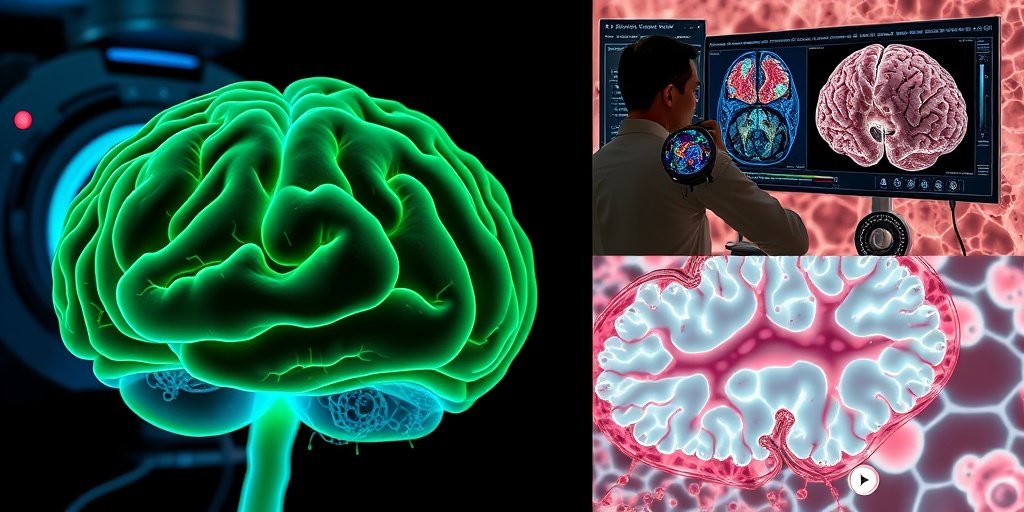
Second harmonic generation for brain imaging: pathology-related studies.
Second harmonic generation (SHG) microscopy enhances brain imaging, revealing critical insights into trauma, tumors, and neurodegenerative diseases. 🧠🔬
Discover the newest research about AI innovations in 🧠 Neuroscience.

Second harmonic generation (SHG) microscopy enhances brain imaging, revealing critical insights into trauma, tumors, and neurodegenerative diseases. 🧠🔬
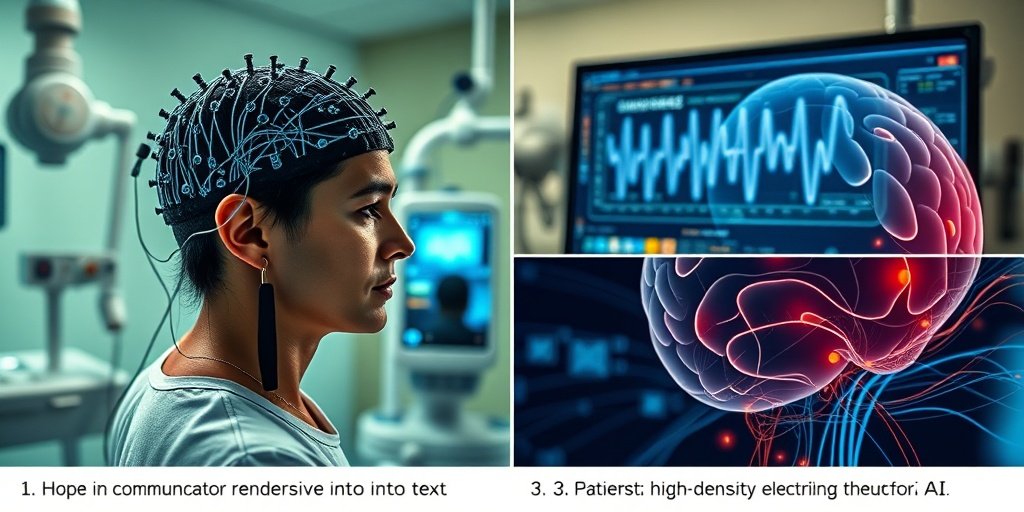
Exploring Inner Speech Decoding: Neural Signals, Machine Learning, and Ethical Implications 🧠💬
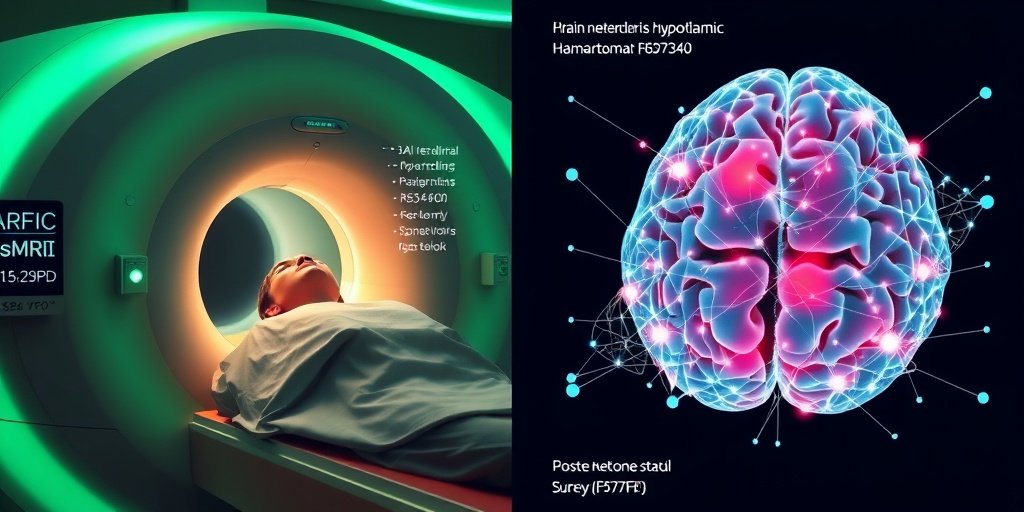
“Multimodal contrastive learning enhances rs-fMRI analysis for post-surgery brain network recovery in hypothalamic hamartoma patients. 🧠🔍”
AI tool PICTURE accurately differentiates glioblastoma from similar brain tumors during surgery, aiding timely treatment decisions. 🧠🔍
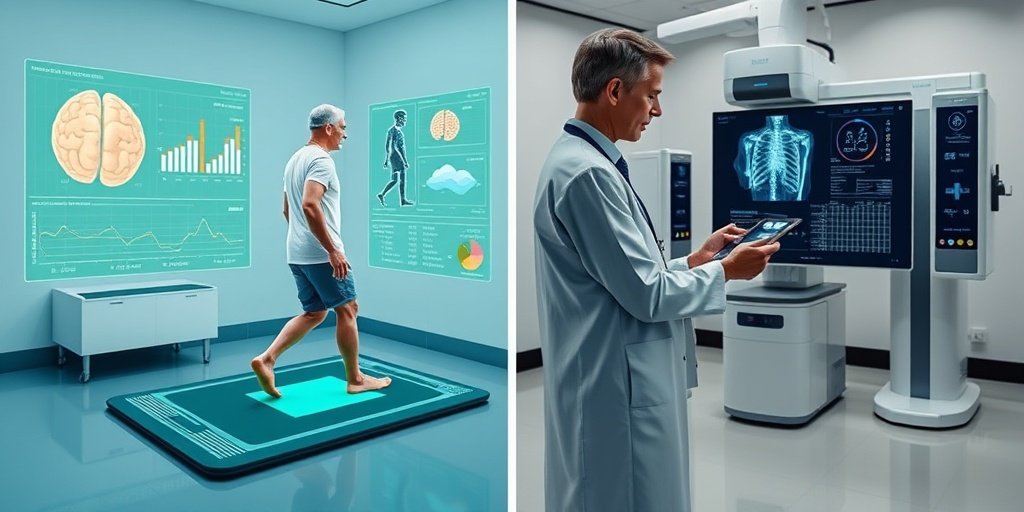
Machine learning predicts mild cognitive impairment stages with 94% accuracy using gait, body composition, and sleep data. 🧠📊

AI model ADAM-1 enhances Alzheimer’s detection using multimodal data integration, achieving improved F1 scores and reduced variance. 📊🧠

Transforming AI in education: A prompt-powered worksheet enhances critical thinking in health professions. 📚🤖
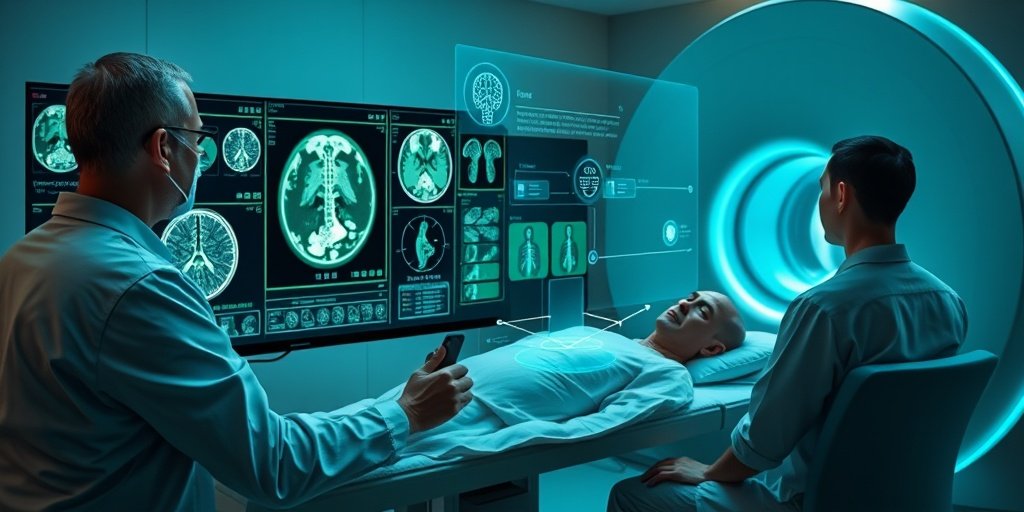
Exploring multi-modal medical image fusion: Enhancing diagnostic accuracy through advanced algorithms and clinical applications. 🩺📊
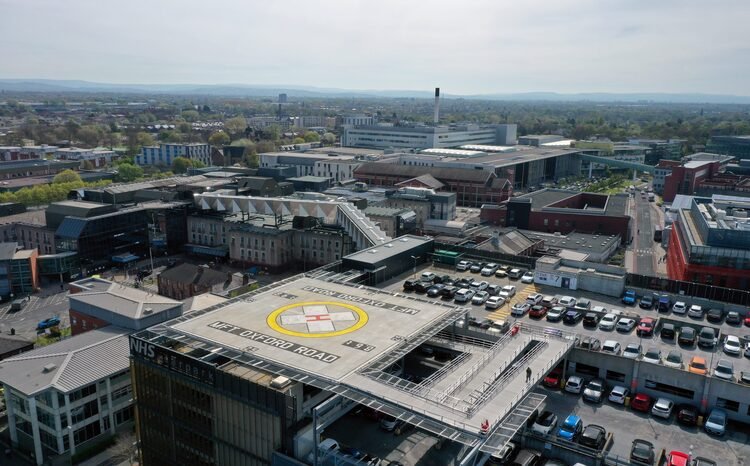
Manchester University NHS Foundation Trust partners with Medtronic to develop AI and robotic surgery solutions for healthcare. 🤝💉

Lung lobe segmentation tools evaluated: TotalSegmentator excels, while data diversity enhances model accuracy. 📊🫁